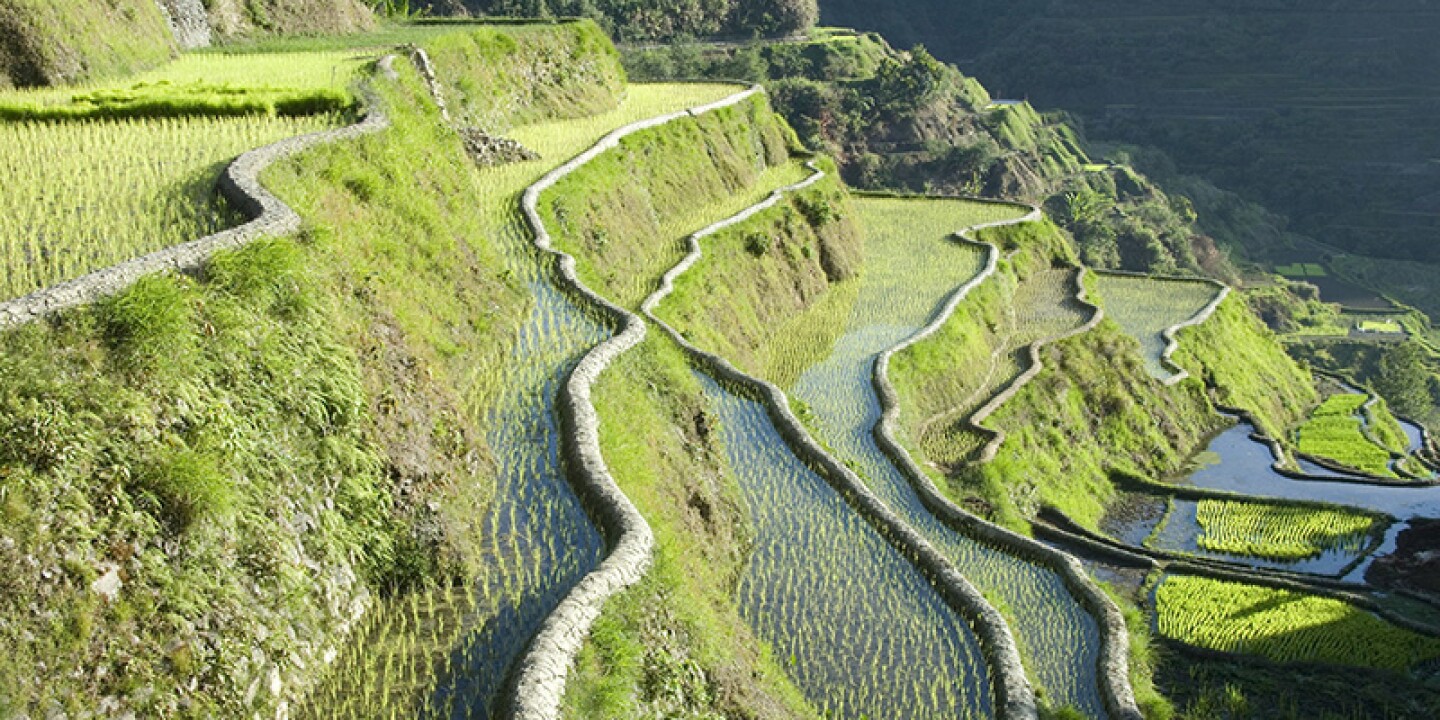
When it comes to exploring the fascinating features of our planet’s geography, river terraces are often overlooked. However, these natural wonders hold more secrets than you might think. River terraces are flat platforms found alongside rivers, formed by the natural process of erosion and deposition over thousands of years.
In this article, we will delve into 19 intriguing facts about river terraces that will not only expand your knowledge of our planet but also inspire you to appreciate the geological wonders that surround us. From their formation to the role they play in shaping our landscapes, river terraces have a rich history waiting to be discovered.
So, join us on this journey as we uncover the mysteries of river terraces and showcase why they are significant in understanding the dynamic nature of our world.
Key Takeaways:
- River terraces are elevated platforms formed by rivers over thousands of years. They provide fertile soil for farming, support diverse ecosystems, and offer recreational activities for people to enjoy.
- River terraces play a crucial role in landscape evolution, flood control, and paleoenvironmental reconstruction. They are not exclusive to Earth and can be found on other celestial bodies, offering insights into the geology of our solar system.
What are River Terraces?
River terraces are elevated platforms or flat areas that parallel the course of a river. They are formed as a result of the river’s erosion and deposition over thousands of years.
How are River Terraces formed?
River terraces are created when a river’s level drops, causing it to erode its existing floodplain and leave behind a new, higher terrace. This can occur due to changes in tectonic activity, climate, or sea level.
The Age of River Terraces
Some river terraces can be dated back thousands or even millions of years, providing valuable insights into the geological history of an area.
Different Types of River Terraces
River terraces can be classified into several types, including active terraces (currently being formed), abandoned terraces (no longer experiencing active erosion and deposition), and relict terraces (representing former river levels).
Terraces and Paleoenvironmental Reconstruction
Studying river terraces can help scientists reconstruct past river systems, understand ancient climate patterns, and even identify remnants of ancient civilizations.
River Terraces and Agriculture
River terraces often offer fertile soil and flat land, making them ideal for agricultural purposes. Many civilizations throughout history have utilized these terraces for farming.
River Terraces as Natural Heritage
Due to their geological importance and scenic beauty, certain river terraces are protected as natural heritage sites or national parks.
Famous River Terraces
Some well-known river terraces include the terraces along the Rhine River in Germany, the Mississippi River in the United States, and the Yellow River in China.
Submerged River Terraces
In coastal areas or regions affected by sea-level rise, river terraces can become submerged under the water, creating unique underwater landscapes.
River Terraces and Human Settlements
Throughout history, humans have been drawn to river terraces for their agricultural potential and accessibility to water, leading to the establishment of numerous settlements and cities.
River Terraces and Biodiversity
River terraces support diverse ecosystems, providing a range of habitats for different plant and animal species. They contribute to the overall biodiversity of an area.
River Terraces and Recreation
Many river terraces are popular recreational areas where people enjoy activities such as hiking, cycling, picnicking, and birdwatching.
Formation of River Gorges
River terraces play a crucial role in the formation of river gorges as the river cuts through these elevated platforms, creating stunning landscapes.
Changes in River Terraces Over Time
River terraces are dynamic and subject to constant change due to natural processes such as erosion, deposition, and sediment transport.
River Terraces and Flood Control
The presence of river terraces can help regulate floodwater, providing a protective buffer against excessive flooding and minimizing damage to nearby settlements.
Climate Change and River Terraces
As climate patterns shift and sea levels rise, river terraces may be affected, leading to alterations in river courses and the formation of new terraces.
Geomorphological Significance
River terraces are important features in the field of geomorphology, helping scientists understand landscape evolution and the processes shaping our planet.
River Terraces on Other Planets
River terraces are not exclusive to Earth. Similar landforms have been identified on Mars and other celestial bodies, offering insights into the geology of our solar system.
Conservation and Preservation
Recognizing the ecological and geological significance of river terraces, conservation efforts are being made to protect these unique landscapes from human activities and climate change.
Conclusion
In conclusion, the study of river terraces offers fascinating insights into the dynamic processes shaping our planet’s landscapes. These elevated landforms provide evidence of a river’s past behavior and the changes it has undergone over time. From their formation during glaciations to the erosional forces that shape them, river terraces contribute to our understanding of geologic processes and the history of our planet.Through the study of river terraces, scientists and geographers can gain valuable knowledge about past climatic and environmental changes. By analyzing the sediments and deposits found on these terraces, researchers can reconstruct the history of rivers and the impact of various factors such as tectonic activity, climate variations, and glaciations.Moreover, river terraces play a vital role in human civilization. They provide a natural setting for settlements, agriculture, and transportation routes. Understanding the formation and characteristics of river terraces can help in urban planning, flood management, and sustainable land use practices.Intriguingly, river terraces are not just objects of scientific curiosity, but also a testament to the power and beauty of nature. These landforms tell a story of the Earth’s past, offering a glimpse into the forces that have shaped our world over millennia. By studying river terraces, we can deepen our appreciation for the intricate complexities of our planet’s geography.
FAQs
1. What are river terraces?
River terraces are elevated landforms alongside river valleys, formed by the deposition and erosion of sediment over time.
2. How are river terraces formed?
River terraces are formed through a combination of processes including tectonic activity, river downcutting, and climatic changes.
3. What information can be gained from studying river terraces?
Studying river terraces can provide insights into past climatic variations, tectonic activity, and the history of river systems.
4. Do river terraces have any practical significance?
Yes, river terraces play a vital role in human civilization, providing suitable areas for settlements, agriculture, and transportation.
5. How can the study of river terraces contribute to urban planning and flood management?
Understanding the formation and characteristics of river terraces can help in identifying flood-prone areas and designing effective flood mitigation strategies.
6. Are river terraces found all around the world?
Yes, river terraces are found in various locations across the globe, influenced by local geology, climate, and river dynamics.
7. Are there any ongoing research projects related to river terraces?
Yes, there are numerous research projects focused on understanding the formation, dating, and significance of river terraces in different regions.
River terraces hold many secrets waiting to be uncovered. Delving deeper into uplifted river terraces reveals even more intriguing facts that shape our understanding of these geological wonders. Terrace geology itself is an enigmatic field, full of fascinating discoveries that continue to captivate scientists and nature enthusiasts alike. Explore these related articles to expand your knowledge and appreciation for the complex and beautiful world of river terraces.
Was this page helpful?
Our commitment to delivering trustworthy and engaging content is at the heart of what we do. Each fact on our site is contributed by real users like you, bringing a wealth of diverse insights and information. To ensure the highest standards of accuracy and reliability, our dedicated editors meticulously review each submission. This process guarantees that the facts we share are not only fascinating but also credible. Trust in our commitment to quality and authenticity as you explore and learn with us.


